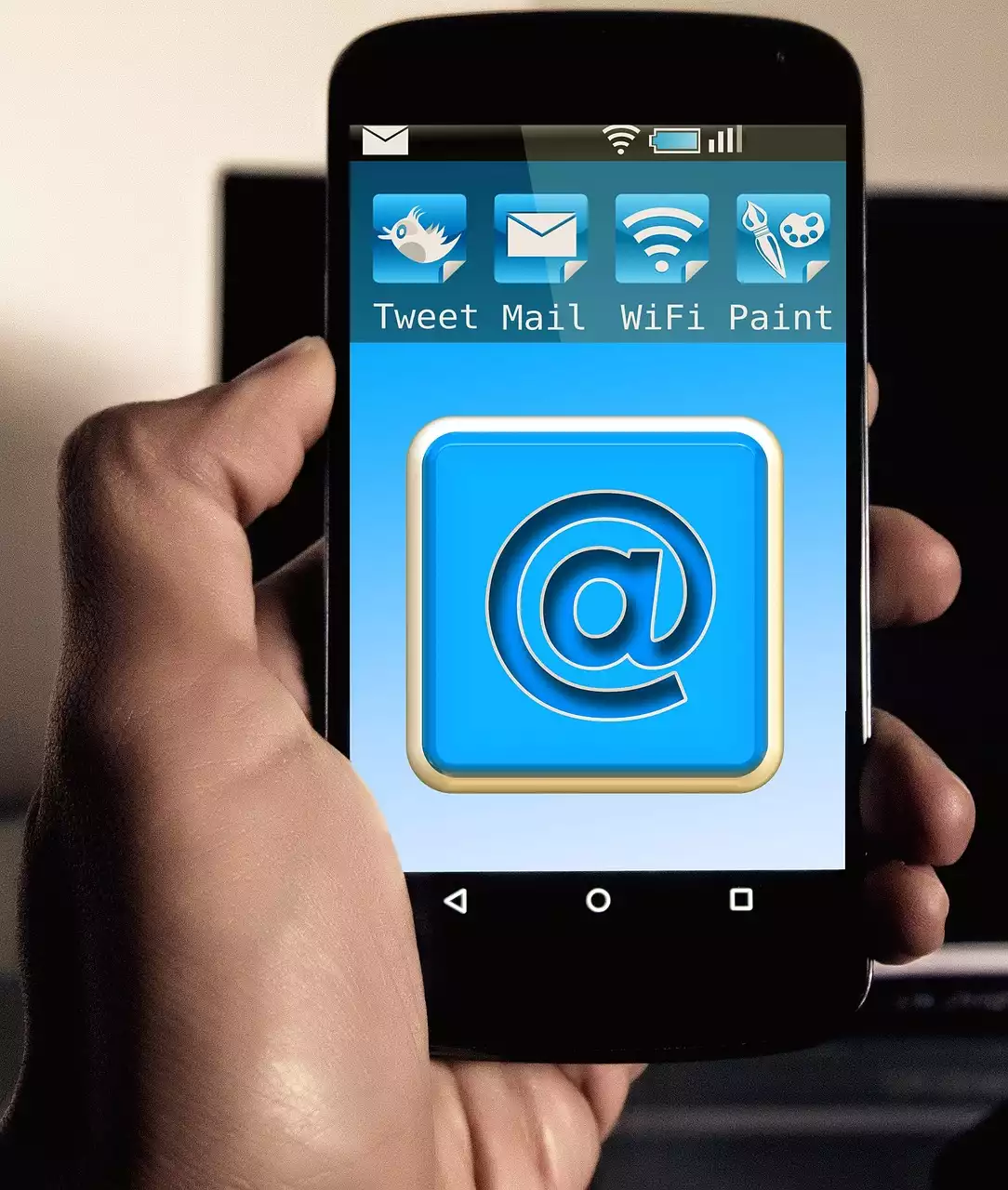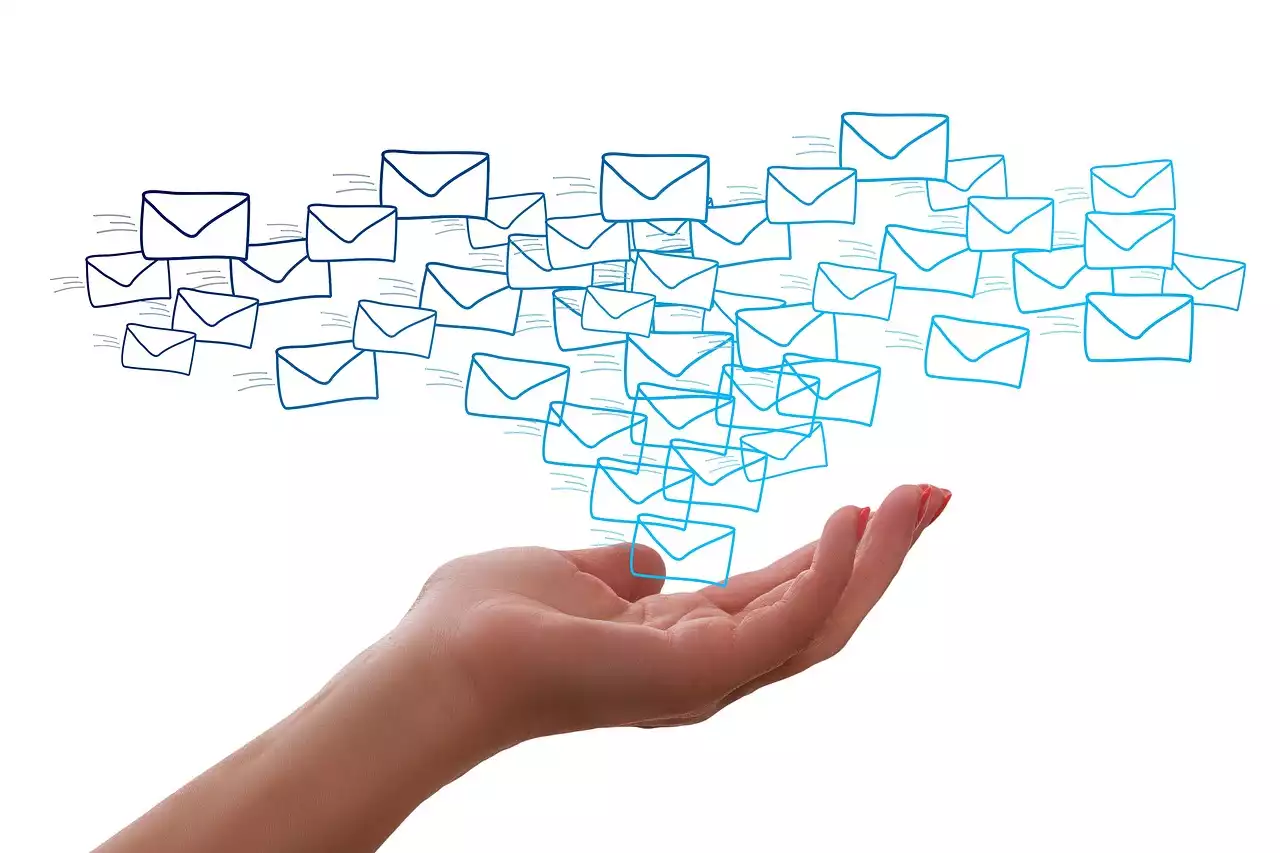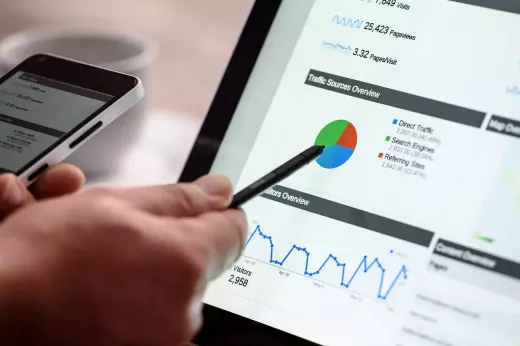Benefits of Email Marketing Campaigns
Before we dive into the nitty-gritty of building an email marketing campaign, let's first look at some of the benefits of using email marketing.
- Cost-effective: Email marketing is one of the most cost-effective ways to reach out to potential customers. Unlike traditional marketing methods like print or TV ads, email marketing allows you to reach a large audience at a fraction of the cost.
- Targeted: Email marketing allows you to target specific groups of people based on their interests, behaviors, and demographics. This means that you can tailor your messages to be more relevant to your audience and increase the chances of them taking action.
- Measurable: With email marketing, you can track your results and see how your campaigns are performing. You can measure metrics like open rates, click-through rates, and conversions to see what's working and what's not. This allows you to make data-driven decisions and optimize your campaigns for better results.
- Personalized: Email marketing allows you to personalize your messages and make them more engaging. By addressing your subscribers by name and sending them content that's relevant to their interests, you can build stronger relationships with your audience and increase their loyalty to your brand.
Understanding Your Target Audience and Setting Goals
Before you start building your email marketing campaign, it's important to understand your target audience and what you want to achieve. Who are your ideal customers? What are their pain points, interests, and behaviors? What kind of content do they respond to? By understanding your audience, you can create messages that resonate with them and increase the chances of them taking action.
Once you've identified your target audience, it's time to set your goals. What do you want to achieve with your email marketing campaign? Do you want to increase your sales, drive more traffic to your website, or build your brand awareness? Whatever your goals are, make sure they're specific, measurable, and achievable. This will help you stay focused and track your progress along the way.
Crafting a Compelling Subject Line and Email Copy
Your subject line is the first thing your subscribers will see when they receive your email, so it's important to make it compelling and attention-grabbing. Your subject line should be short, to the point, and give your subscribers a reason to open your email. It should also be relevant to the content of your email, so your subscribers know what to expect when they open it.
Once you've crafted your subject line, it's time to focus on your email copy. Your email copy should be clear, concise, and engaging. It should tell a story, address your subscribers' pain points, and provide them with value. It should also be optimized for mobile devices, as more and more people are checking their emails on their smartphones.
When writing your email copy, make sure to use a conversational tone and avoid using jargon or technical terms that your subscribers may not understand. You should also use short paragraphs, bullet points, and images to break up the text and make it more visually appealing.
Designing Visually Appealing Emails
The design of your emails is just as important as the content. Your emails should be visually appealing, easy to read, and consistent with your brand's style and tone. This means using colors, fonts, and images that reflect your brand's personality and values.
When designing your emails, make sure to keep them simple and easy to navigate. Use a clear hierarchy of information, with the most important information at the top. You should also use buttons and links to make it easy for your subscribers to take action, whether that's making a purchase, visiting your website, or following you on social media.
Personalization and Segmentation in Email Marketing
Personalization and segmentation are two key strategies for making your email marketing campaigns more effective. Personalization involves tailoring your messages to individual subscribers, using their name, location, or past behavior to make your messages more relevant to them. Segmentation involves dividing your subscribers into groups based on their interests, behavior, or demographics, and sending them targeted messages.
By personalizing your messages and segmenting your subscribers, you can increase the chances of them engaging with your brand and taking action. For example, if you're a clothing retailer, you could segment your subscribers based on their past purchases and send them personalized recommendations based on their style preferences.
Creating a Call-to-Action (CTA) That Converts
Your call-to-action (CTA) is the part of your email that tells your subscribers what you want them to do next. It could be to make a purchase, visit your website, or sign up for a newsletter. Whatever your CTA is, make sure it's clear, concise, and easy to find.
When creating your CTA, use action-oriented language that encourages your subscribers to take action. For example, instead of saying "Learn More," say "Discover How You Can Save Money Today." You should also use contrasting colors and make your CTA stand out from the rest of your email.
Testing and Optimizing Your Email Marketing Campaign
Once you've sent out your email marketing campaign, it's important to track your results and make changes based on what's working and what's not. You can use A/B testing to test different subject lines, email copy, and CTAs to see what resonates with your audience.
You should also track your metrics, such as open rates, click-through rates, and conversions, to see how your campaigns are performing. Use this data to make data-driven decisions and optimize your campaigns for better results.
Common Mistakes to Avoid in Email Marketing
There are a few common mistakes that businesses make when it comes to email marketing. These include:
- Sending too many emails: Sending too many emails can lead to subscriber fatigue and cause them to unsubscribe from your list.
- Not segmenting your subscribers: Not segmenting your subscribers can lead to irrelevant messages and a lack of engagement.
- Not optimizing for mobile devices: Not optimizing your emails for mobile devices can lead to a poor user experience and lower open rates.
- Using spammy language: Using spammy language, such as "Act Now!" or "Limited Time Offer," can make your emails look unprofessional and decrease your credibility.









